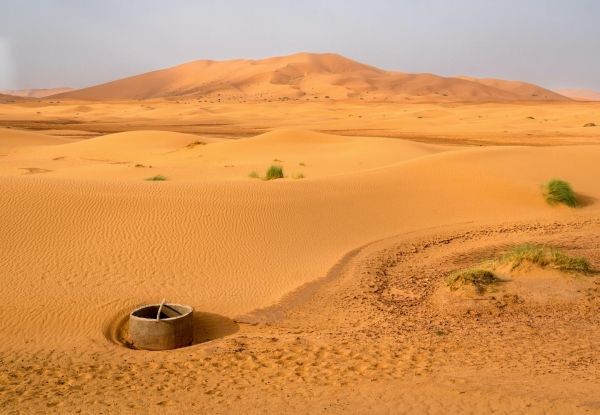“Jack and Jill went up the hill to fetch a pail of water.” It’s a silly rhyme, but one that highlights a simple fact: Humans have long relied on wells — such as the one on the hill visited by Jack and Jill — for their primary drinking water supply.
Although the number of people who draw their water by pail is declining as pumps become ever more widespread, groundwater wells still supply drinking water to more than half of the world’s population and sustain over 40% of irrigated agriculture. But this vital resource underfoot often gets overlooked.
UC Santa Barbara assistant professors Debra Perrone(link is external) and Scott Jasechko(link is external) have compiled the most comprehensive assay of groundwater wells to date, spanning 40 countries that collectively account for half of all global groundwater pumping. Their study, the cover story of the April 23 edition of the journal Science(link is external), offers an unprecedented account of the world’s groundwater resources.
“We analyzed construction records for tens of millions of groundwater wells around the world,” said Jasechko, of the university’s Bren School of Environmental Science & Management, “and the big take home is that many wells are at risk of running dry.” Up to one in five wells in their survey, to be exact.
Read more at University of California - Santa Barbara
Image: A well in an arid region. (Credit: UC Santa Barbara)


